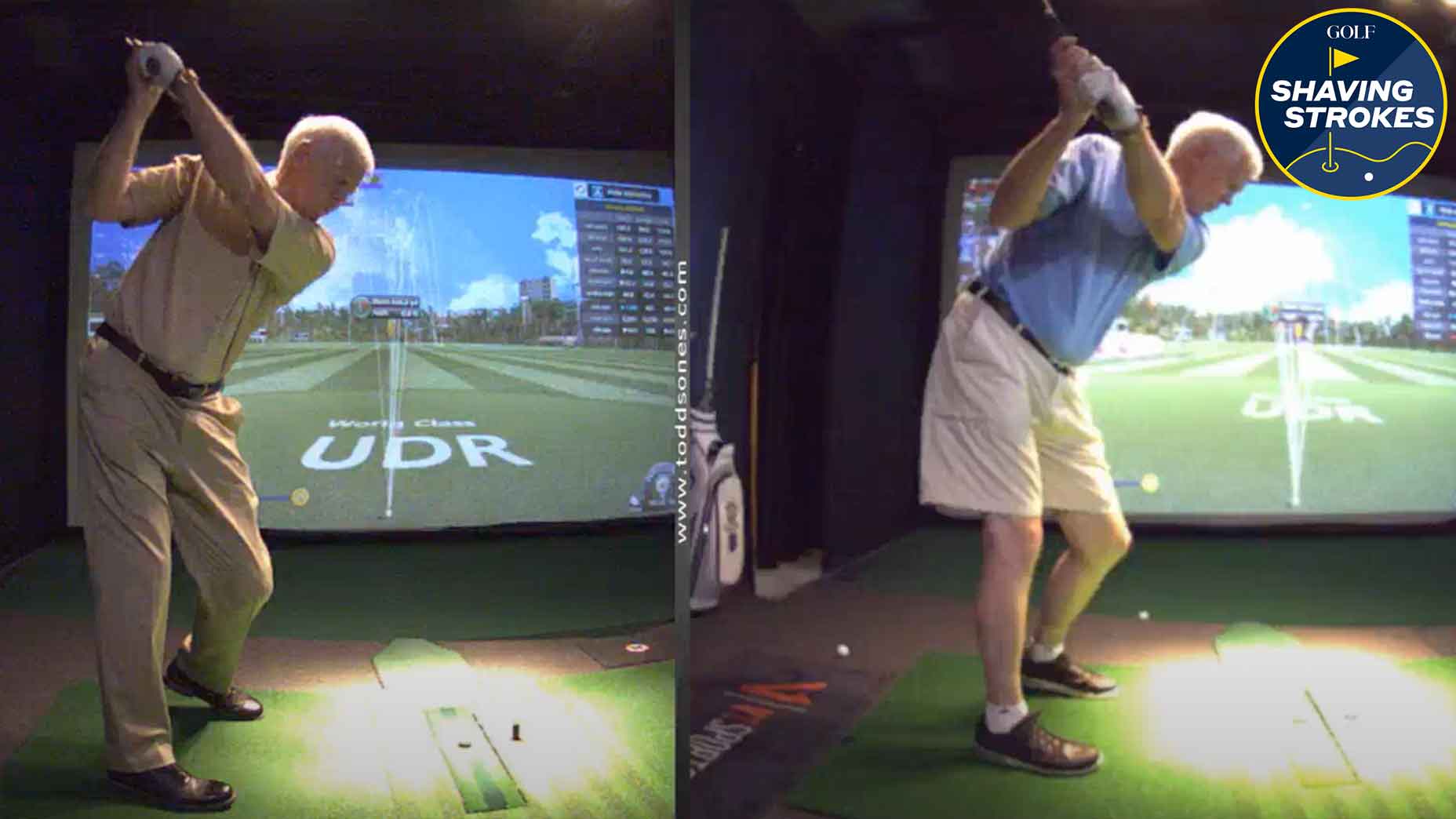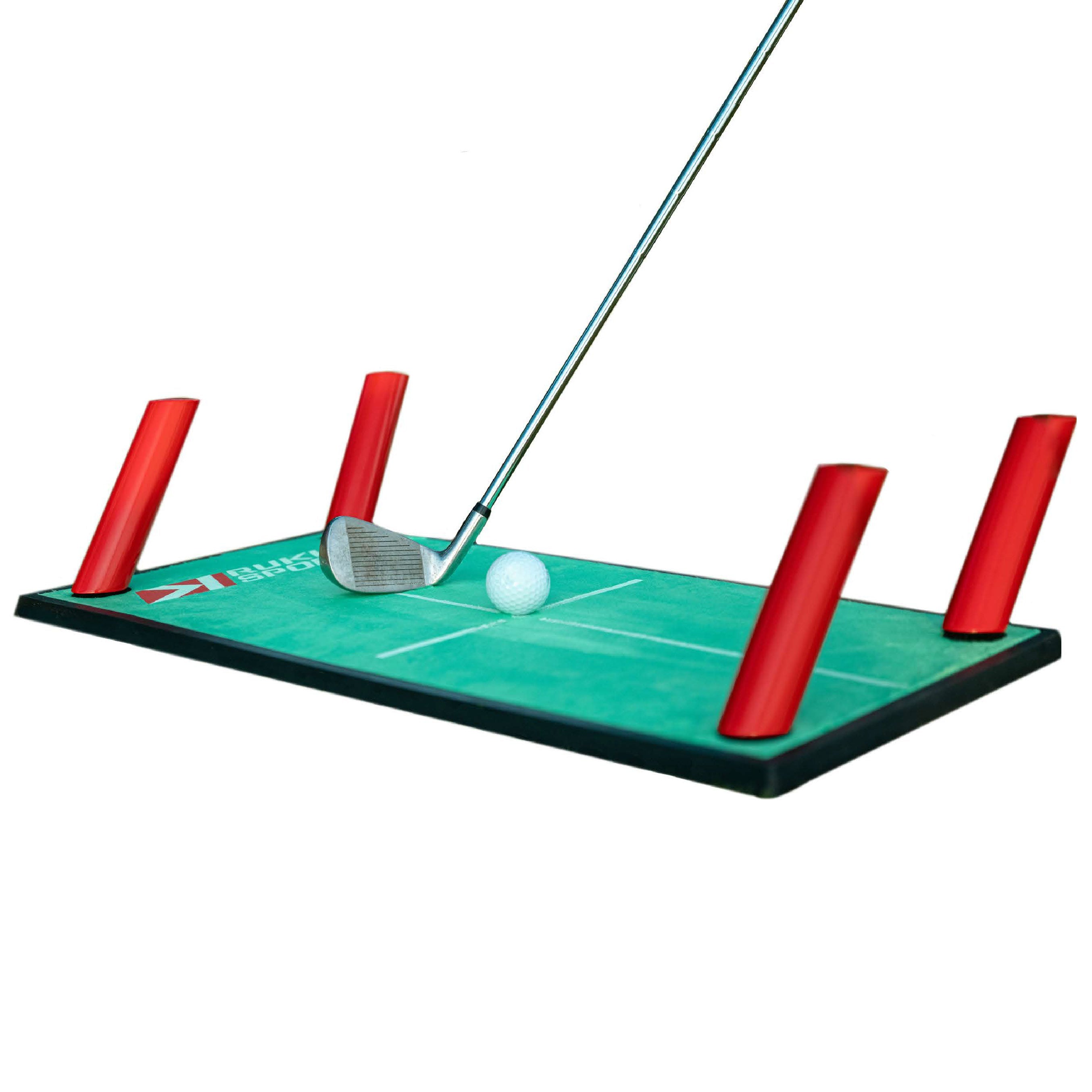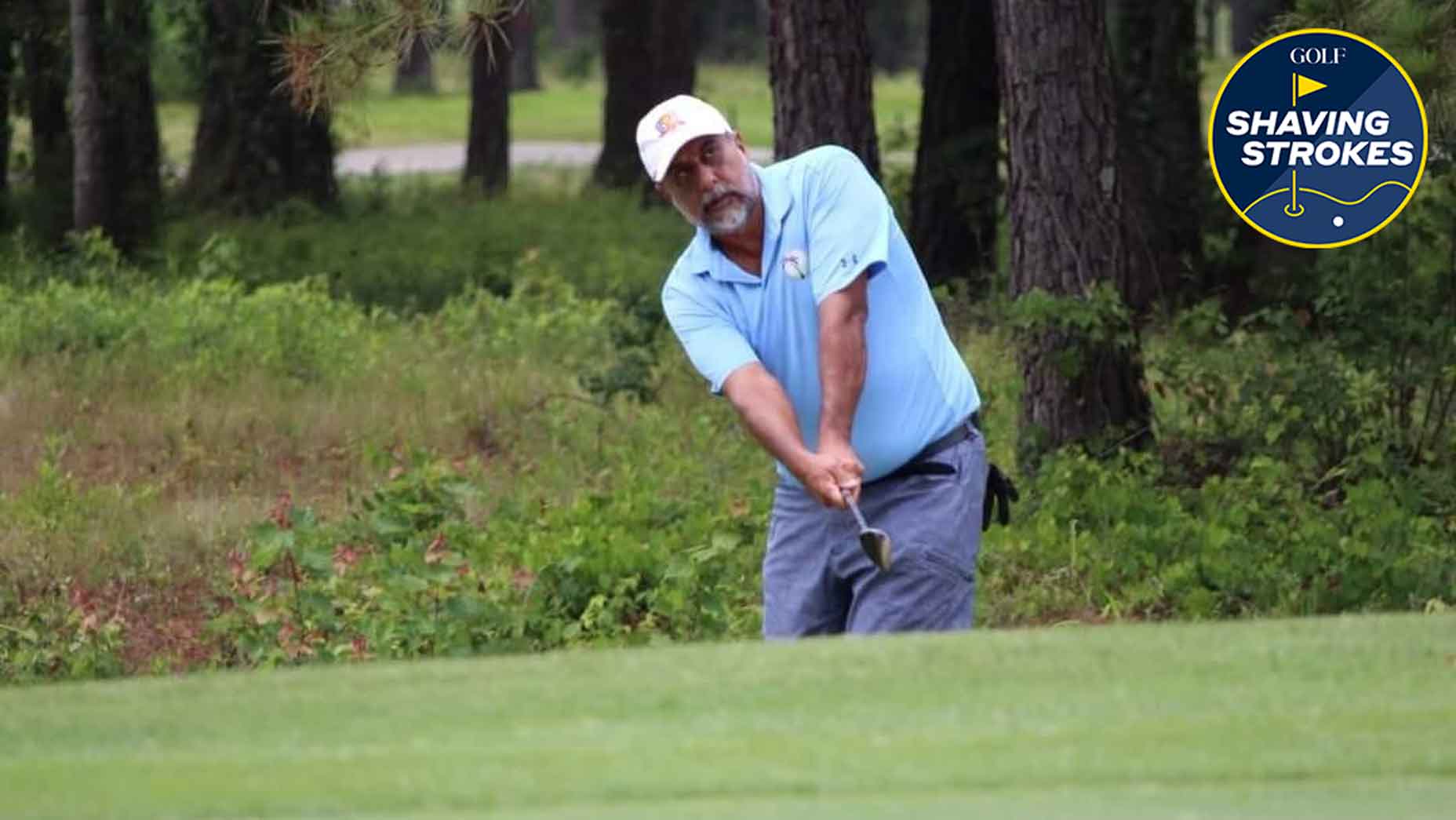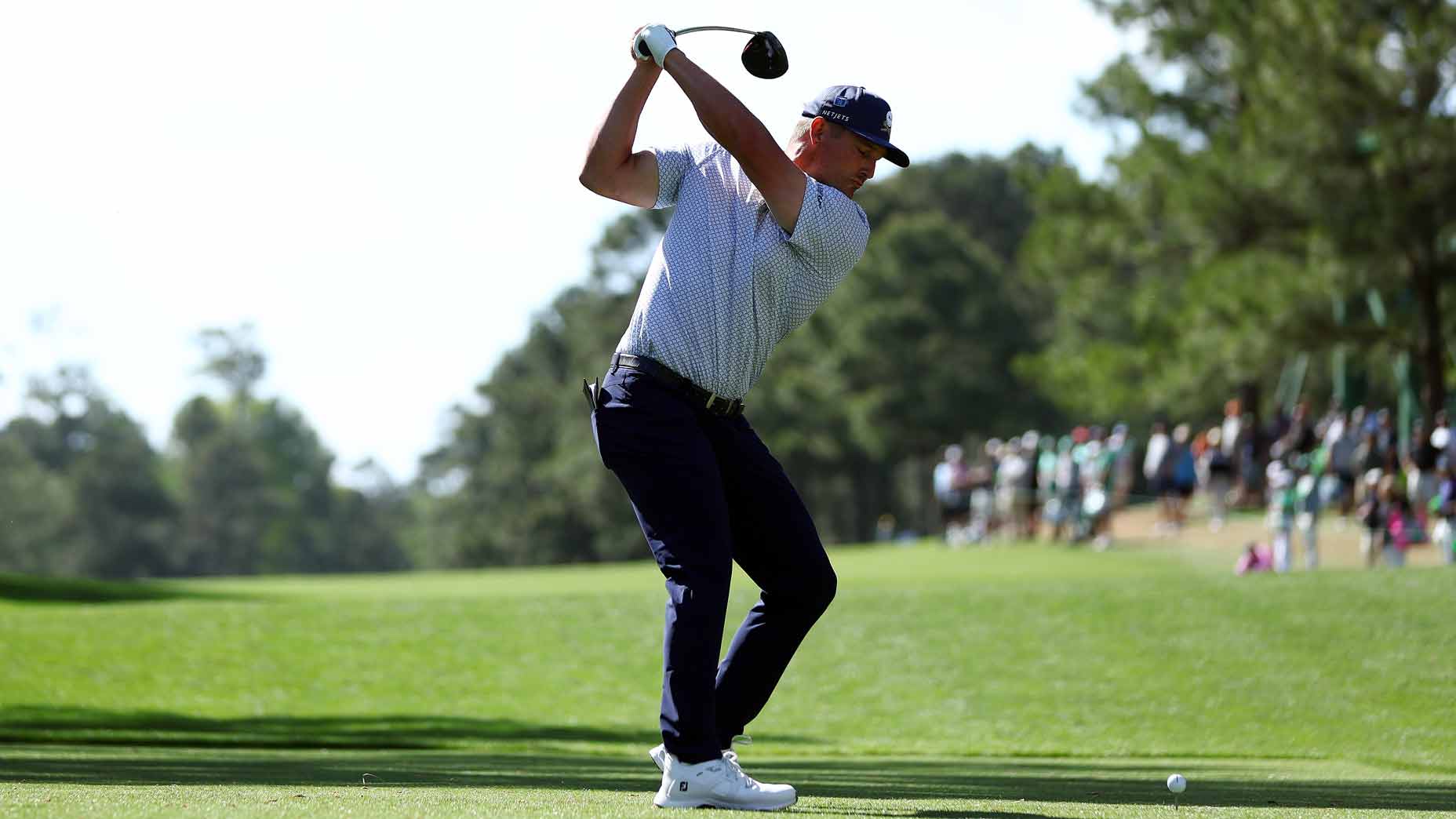4 steps took this golfer from shooting high-90s to low-80s
- Share on Facebook
- Share on Twitter
- Share by Email

By working with GOLF Top 100 Teacher Todd Sones, this senior golfer shaved more than 15 strokes.
Images via Todd Sones
Welcome to Shaving Strokes, a GOLF.com series in which we’re sharing improvements, learnings and takeaways from amateur golfers just like you — including some of the speed bumps and challenges they faced along the way.
Ask any golfer if they’d like to shave more than 15 strokes off their scorecard and you’d get a resounding “yes.”
Unfortunately, there’s no magic pill that leads to that type of improvement overnight, but with the right plan and dedication, the results can occur.
That’s what happened with a senior golfer named Dave, who began working with GOLF Top 100 Teacher Todd Sones in order to play his best golf.
‘Almost every shot is painful’: But here’s how this 62-year-old keeps grindingBy: Nick Dimengo
Despite being 70 years old, Dave knew he had better rounds in him. For over a decade, he had shot in the high-90s to low-100s, meaning he left a lot of unnecessary strokes out on the course each round.
But Sones knew he could get Dave to become the player he always dreamt about.
So the two embarked on a journey together, with Sones developing a plan that he often uses with his students (especially senior golfers who may have physical limitations).
Said Sones, “I promised Dave that I would do my part in designing a roadmap for him to improve, but he had to do his part and do the work.”
With the expectations set and Dave willing to commit to the plan, Sones details the blueprint he used for the senior golfer to go from hovering around 100 each round to breaking 80 in back-to-back rounds last summer. Take a look below to see the four steps that improved his game — who knows, maybe they can work for you as well?
How this senior golfer shaved more than 15 strokes
“When I started to work with Dave, he had the common movement patterns I often see in many senior golfers,” Sones says. “This was partly due to misconception, and partly due to body restriction. Both needed to be addressed for Dave to begin on a path of sustainable improvement.”
Sones says that he likes to break the swing down into something he calls the “swing chain,” and describes the different “links” in the proverbial chain.
“The first link in the swing chain is the setup. The second is the takeaway. The third is the completion of the backswing. The fourth is the transition to the downswing. The fifth is impact. The sixth is finish,” he tells me.
“What often happens is, if a player does the work through the links, by the time they improve transition, the impact and finish take care of themselves. That was what Dave and I experienced.”
Sones believes that, with the right plan and a committed student, every golfer can score lower — so here’s the plan he used with Dave.
Setup
As always, I started with setup. Dave’s a rare case compared to other players I’ve worked with, because he had a pretty solid setup from the beginning. All he needed was to get a little bit more athletic in the lower body.
Dave’s first problem was in his takeaway. His perception was that he was taking the club back straight, but the reality was that he was disconnecting his left arm and combined that flaw with a lower body slide without much rotation.
Takeaway
Next, Dave and I worked on his transition. So I had Dave feel like his right shoulder was going straight back behind him — as if he was loading up to punch a heavy bag. I wanted him to keep his left arm connected to his chest, while the clubhead stayed outside of his hand line.
A common drill to feel this movement is to keep a glove pinched under the armpit during the swing.
Completion of the backswing
After the takeaway, I asked Dave to continue to move his right shoulder back, allowing his right hip to follow the shoulder and completing a full turn. For his hip to go back, he had to allow his left knee to move back and the left heel to lift.
It’s also important to note that Dave embraced to stretching and mobility program through Rotex Motion, which greatly increased his range of motion.
Transition to the downswing
After Dave improved his takeaway and learned to complete his backswing with a full turn, he was ready to work on improving his transition to the downswing.
A simple phrase I used that really helped Dave was this: Drive, Drop, and Drive the lower body to the left side, while drooping the arms straight down. By using this move, it led to an impact position that was from the inside of the target line on a shallow angle of approach.
The reason Dave got so much better was because he had an organized plan based off the information about his previous swing flaws. By trusting the process and putting in the work, he was able to shave strokes and now enjoys rounds in the low-80s.

Rukket Sports Pathfinder Impact Mat™
View Product
Latest In Instruction

Golf.com Photographer

Nick Dimengo
Golf.com Editor










